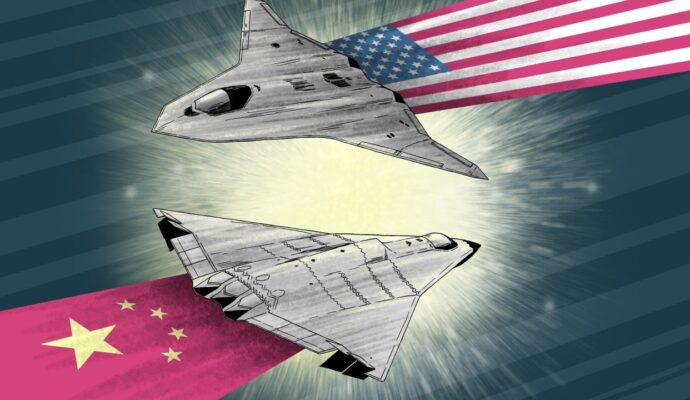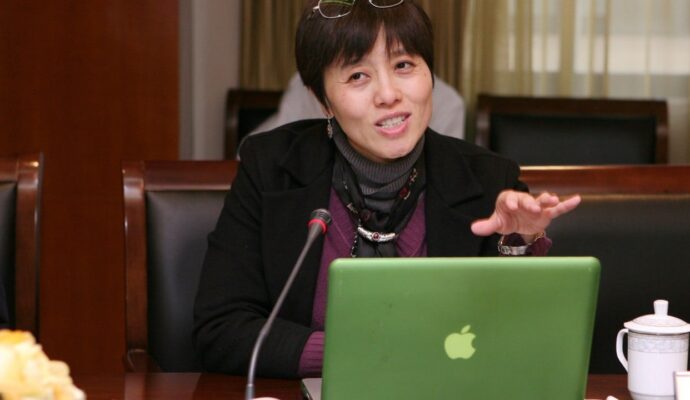Across China Covid testing stations are being dismantled. Barricades have been brought down. A tracking app used to monitor the health the country’s 1.4 billion people has been switched off. People have been given freedoms they haven’t known for years.
At the same time, queues have formed outside hospitals and some medicines are in short supply. Infections, along with worry and confusion over how to live with the once-feared virus, are spreading.
The scenes would have been hard to imagine a month ago. The sudden turn away from three years of strict Covid controls came after a rare wave of protests as anger with the policy spilled over, and as the economic pain caused by lockdowns and restrictions intensified.
It comes nearly three years after world’s first Covid case was detected in the Chinese city of Wuhan. In that time, Beijing has charted a course that saved millions of lives at a huge social and economic cost, and isolated it from the rest of the world.
Now concerns turn to the risk of a surge of infections, fuelled by low vaccination rates among the elderly, and complicated by an inadequate health system. The country faces its deadliest Covid wave.
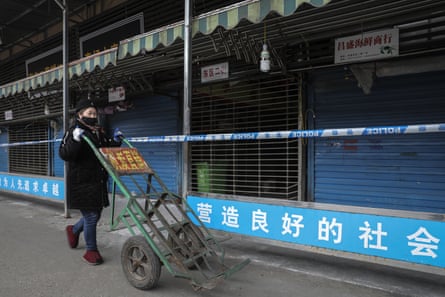
The beginning
In December 2019, reports of new pneumonia in Wuhan emerged. Once it had acknowledged the novel coronavirus, which would become known as Covid, Beijing’s response was swift and brutal. Wuhan, with a population of 11 million, was brought under strict lockdown in late January 2020 – a quarantine experiment of a kind the world had not yet seen. The streets emptied and residents were ordered to stay home as the government sought to contain the virus. A new field hospital was built in less than 10 days to cope with cases.

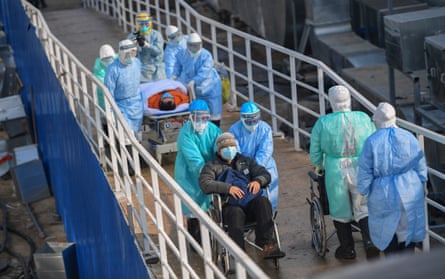
As Beijing grappled with its early response, rage in China built over over the death of a whistleblower doctor. Li Wenliang had warned colleagues on social media in late December about a mysterious virus that would become the coronavirus pandemic and was detained by police in Wuhan on 3 January for “spreading false rumours”. He died from Covid three days later.

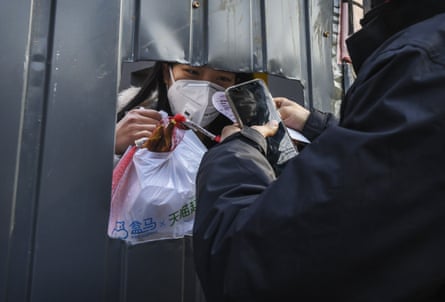
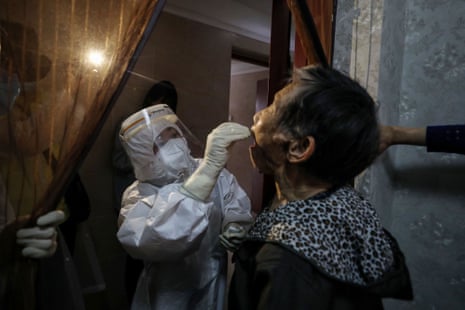
By April, Wuhan had emerged from lockdown. China’s vigilance intensified, with mass testing of millions of people and contact tracing, to stamp out the virus. Cities across the country moved in and out of lockdown, much like the rest of the world. Beijing’s aggressive approach, which included restrictions on movement and shutting its borders, was effective. China was able to contain outbreaks of the virus and the economy started to recover.
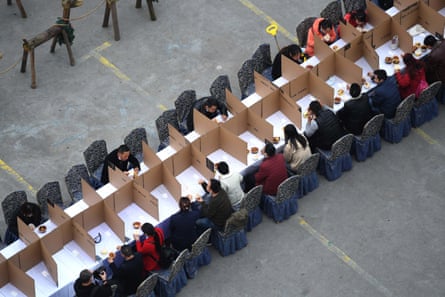
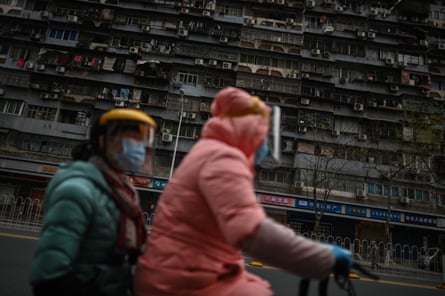

Success in preventing Covid from spreading across the vast country was a stark contrast to the situations in many western countries, such as the US where deaths surged through 2020, hitting 250,000 in November. In China, death rates were far lower, though some international experts were sceptical about official case numbers.
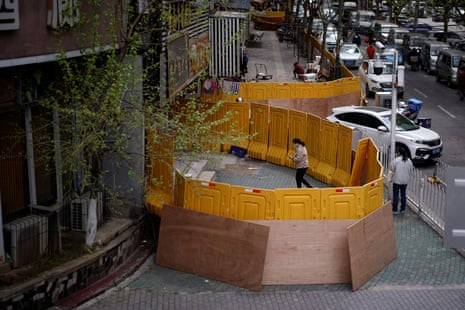
Life under zero-Covid
After the first wave in Wuhan, many in China were able to live relatively normal lives. By containing and isolating outbreaks, people outside hotspots remained unaffected. In the early years of the pandemic as the west battled against the virus, many in China were happy with their government’s approach.

Yet as mass testing, travel curbs and mass lockdowns continued through 2021, frustration with the zero-tolerance policy to Covid began to show. People grew weary and questioned Beijing’s strict policies. As more and more countries around the world chose to live with the virus following successful vaccine rollouts, China stuck to a different path.
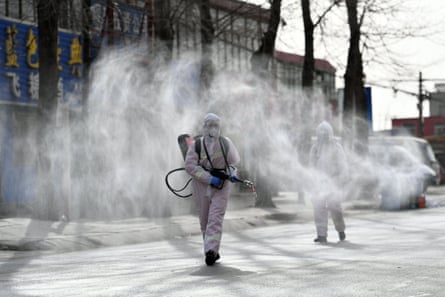
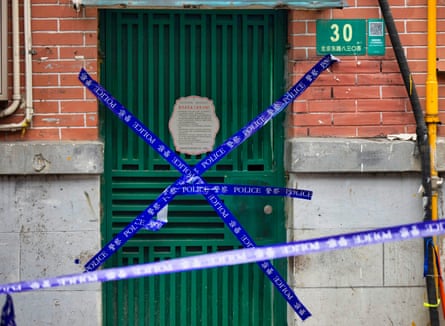

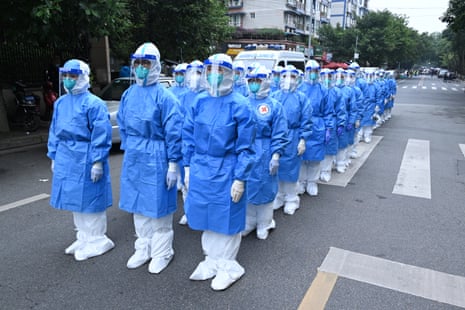
In November 2021, surreal scenes at Shanghai Disneyland underlined Beijing’s hardline approach. The park was locked down and 34,000 people tested after a single case.
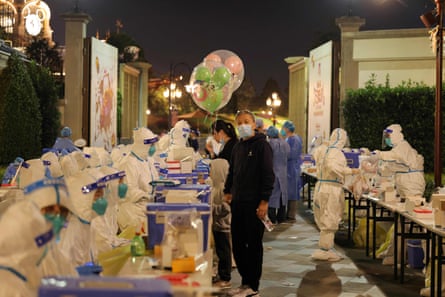
As the year ended, lockdowns continued and the economic costs were revealed, as supply and logistics problems disrupted world trade and rattled markets. Interruptions at China’s Ningbo port over Covid cases hit already-strained global supply chains.
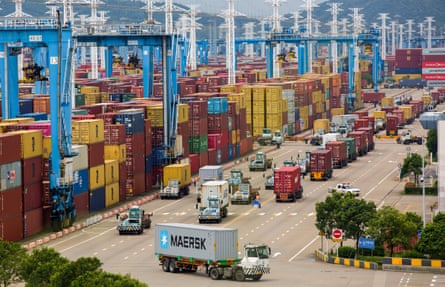
Things fall apart
A painful months-long lockdown in Shanghai in early 2022 exposed fresh anger over the virus control strategy. The ruthlessly enforced lockdown created financial hardship and despair for millions. Reports of residents being unable to access food, medicine and other essentials were widespread. The strict lockdown mounted the largest challenge to China’s hardline policy as social and economic costs became more pronounced. Footage of localised protests against lockdowns were quickly removed by China’s censors.
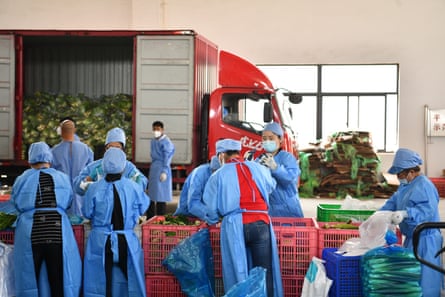

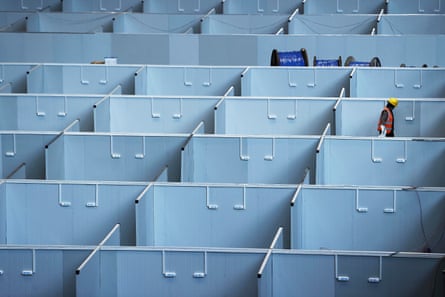
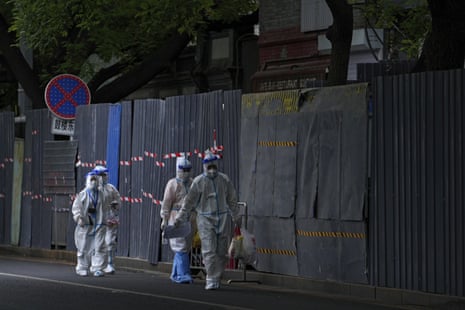
Yet low rates of vaccination and a reliance on Chinese-made vaccines that are less effective than western counterparts presented big risks to the healthcare system, making it difficult for China to change course. An inadequate hospital system, lack of anti-virals and determination not to experience millions of deaths like the west further complicated Beijing’s position. In the face of fresh outbreaks of the fast-moving Omicron variant, the elderly remained particularly vulnerable.
The costs of zero-Covid were growing. A tragedy in Guizhou province became a lightning rod for social media criticism of zero-Covid policy, after 27 people were killed when a bus carrying them to a Covid-19 quarantine facility crashed. The death of a three-year-old boy from carbon monoxide poisoning in north-west China in November 2022 triggered widespread outrage. His father said the boy died over delays in obtaining treatment caused by strict Covid rules. In October, Chinese authorities strictly censored discussion of a rare protest in Beijing that saw large banners unfurled on a flyover calling for boycotts and the removal of President Xi Jinping.
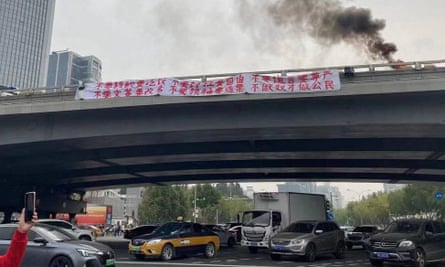
“We want food, not PCR tests. We want freedom, not lockdowns. We want respect, not lies. We want reform, not a Cultural Revolution. We want a vote, not a leader. We want to be citizens, not slaves,” said one banner.
It came just days before Xi, at the 20th Communist party congress, reaffirmed China’s commitment to the zero-Covid policy that has made it a global outlier.

Frustration in part due to Covid policies was also on display at the huge iPhone factory in Zhengzhou city in late 2022. Hundreds of workers joined protests, with some men smashing surveillance cameras and windows, in rare scenes of open dissent in China. The protests marked an escalation of unrest at the factory that has come to symbolise, in part, a dangerous buildup in frustration with the country’s ultra-harsh Covid rules.
An apartment fire in Urumqi, capital of the Xinjiang region, which killed at least 10 people became another flashpoint. Authorities denied suggestions that firefighters were prevented by strict virus restrictions from rescuing people. But the disaster triggered anger and protests broke out in the region. Crowds chanted “End the lockdown” as many of Urumqi’s 4 million residents had been barred from leaving their homes for 100 days. In the following days the protests spread, reaching more than 20 cities. Demonstrators clashed with police in cities including Shanghai and Beijing. The disparate yet unified outpouring of frustration with how Covid was being handled marked a rare challenge to Xi and Communist party rule.



Authorities stepped up their presence and went after those involved. Soon, the streets were cleared but frustration continued to simmer. Case numbers were also rising. The protests reflected a society worn down by an uncompromising approach to Covid, and not long after – as cases continued to rise – some lockdowns were lifted and the government struck a different tone on the severity of the virus. China began to drop parts of the strict regime. In December, the government said people mild or no symptoms could now quarantine at home. Many testing requirements were dropped, travel rules eased and some tracking apps shut down.
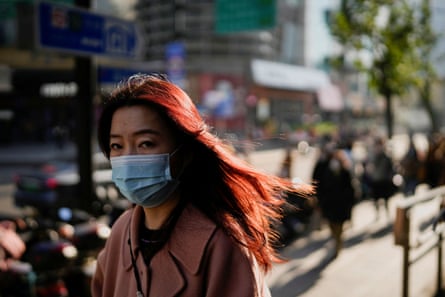

Photograph: Ng Han Guan/AP
The dismantling of the harsh zero-Covid regime has brought relief, and concern, for what the next chapter may hold.
